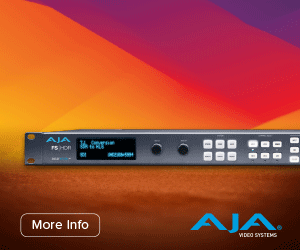Why MADI is Still Relevant
While the original idea for MADI was to cater to a very narrow recording studio application, the standard remains a viable go-to multichannel audio technology. Beginning as a standard in 1991, MADI was first introduced to the world as digital production was beginning to come of age. MADI was put together in 1988 by Solid State Logic, AMS-Neve, Sony...

















